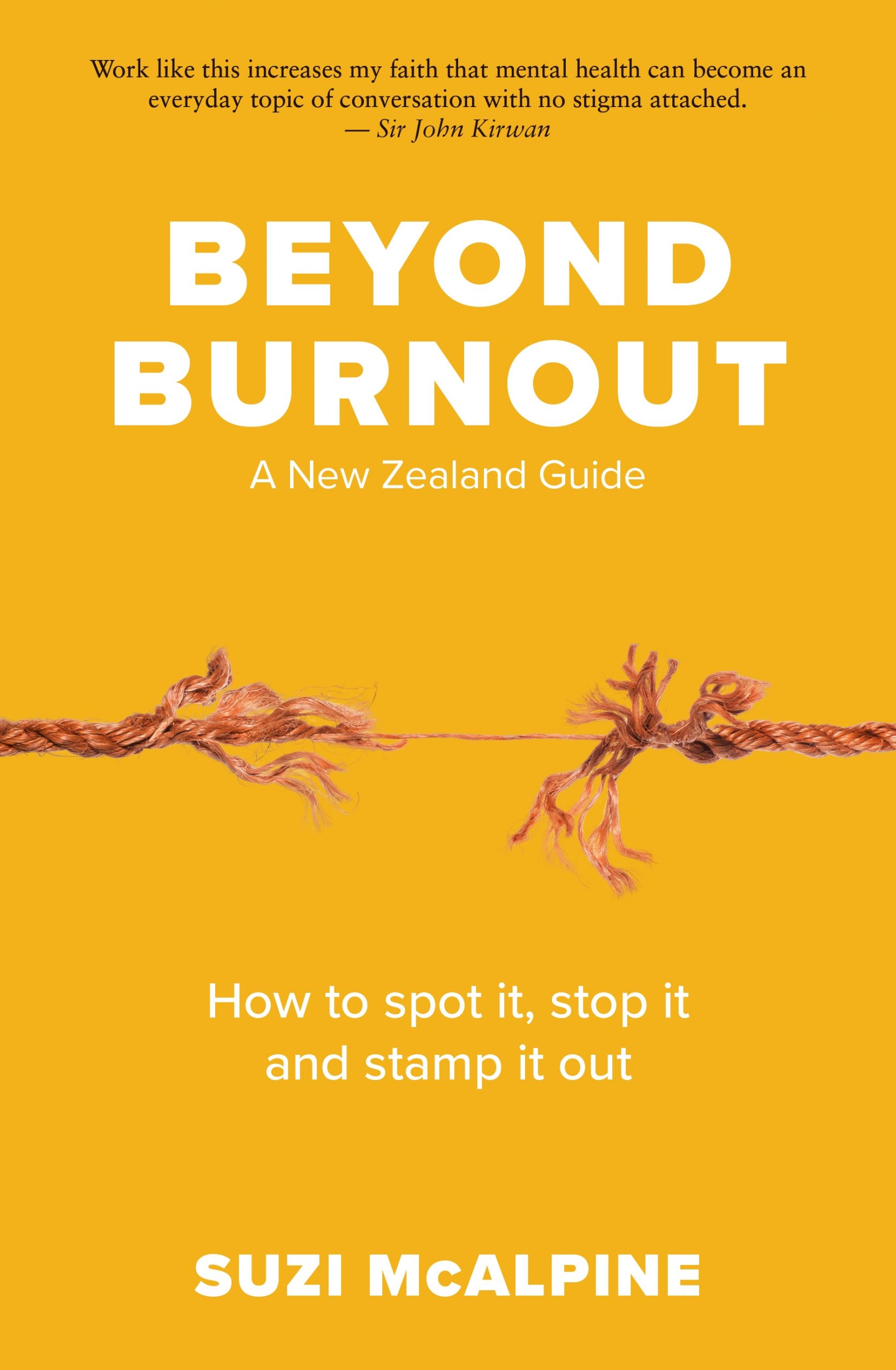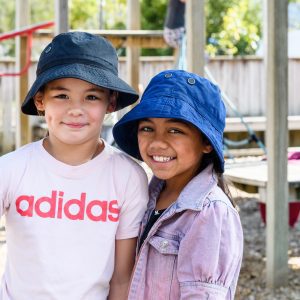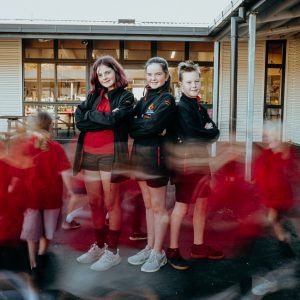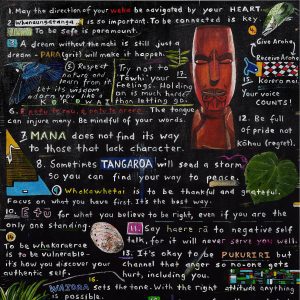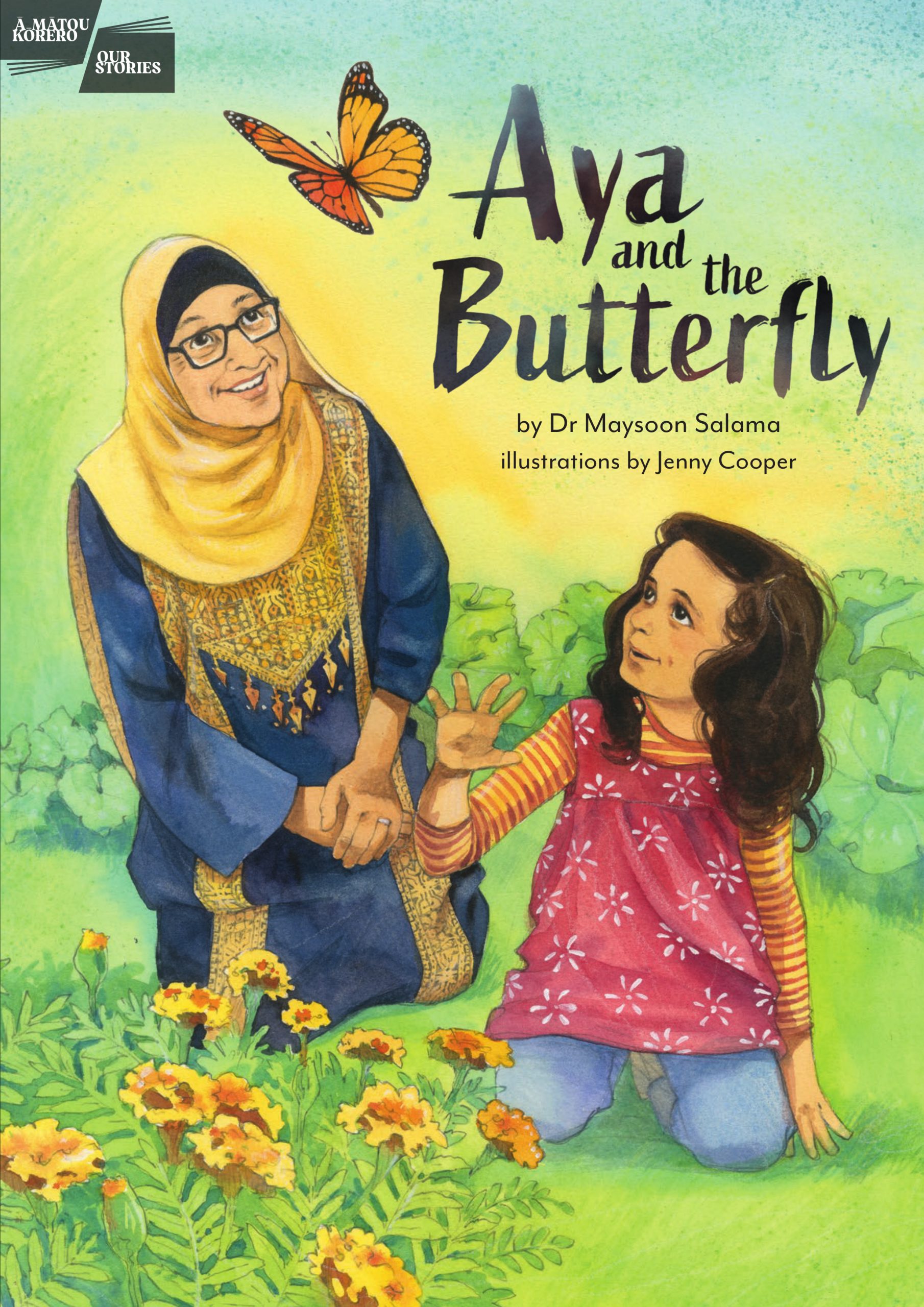
Aya and the Butterfly
Dr Maysoon Salama and Jenny Cooper (Ministry of Education)
Dr Maysoon Salama, who lost her son Atta in the Christchurch mosque shootings, wrote Aya and the Butterfly to help children come to terms with grief and change. It is part of a four-book series designed to support, reflect and celebrate the Muslim community in Aotearoa New Zealand, and was developed with the Islamic Women’s Council.
The story opens with Aya visiting the local market with her family. Her granddad is excited to buy some swan plants for their garden, but Aya is sad this year. At home, Aya plants the swan plants with her grandad. Over the weeks they watch while butterflies lay eggs, and then fat caterpillars eat all the leaves. Finally, Aya discovers a chrysalis, “the colours of a butterfly’s wings, folded inside like a secret”. When the butterfly hatches, Aya doesn’t want to let it go; it’s too beautiful. But, with grace, she lets it float into the sky. While the death of Aya’s father is implied throughout the story, it’s not the focus. Aya and the Butterfly is a moving and exquisitely illustrated picture book about a young girl saying goodbye to what she loves, learning to let go and to have hope. – Sarah Barnett
Aya and the Butterfly can be downloaded for free and is available in English and Arabic.
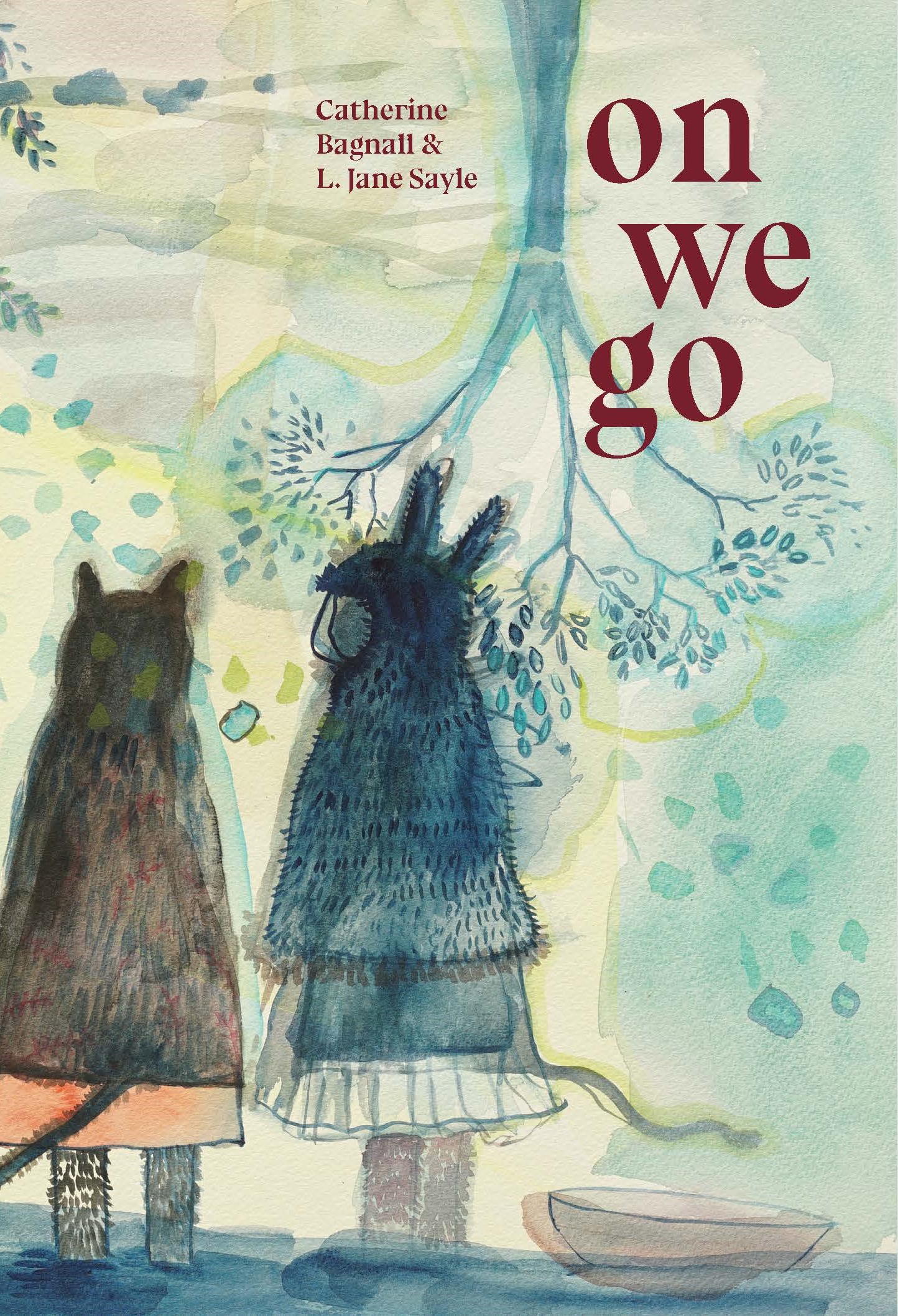
On We Go
Catherine Bagnall and Jane Sayle (Massey University Press)
A collaboration between artist Catherine Bagnall and a poet Jane Sayle, On We Go is an enchanting and mysterious picture book for adults. Bagnall’s delicate watercolour images show rabbit figures, or people in rabbit disguises, exploring blue-green forests. Sometimes they are dancing between tree trunks, while at other times they sit weeping. The images work well with Sayle’s dreamy poems to suggest loss, connection and our relationship with the natural world: each page offers us a moment of reflection and contemplation and asks us to pay attention to the world around us. One poem notices, “Between winds / soft sunshine / strands of lemon lichen / across a satin-grey rock bank / and the smell of blackberry / living for a moment / inside the quiet air / on the nameless day”. Bewitching, curious and wonderfully strange, On We Go shows how inspiring moments are a source of strength that can help us go on. – Sarah Barnett
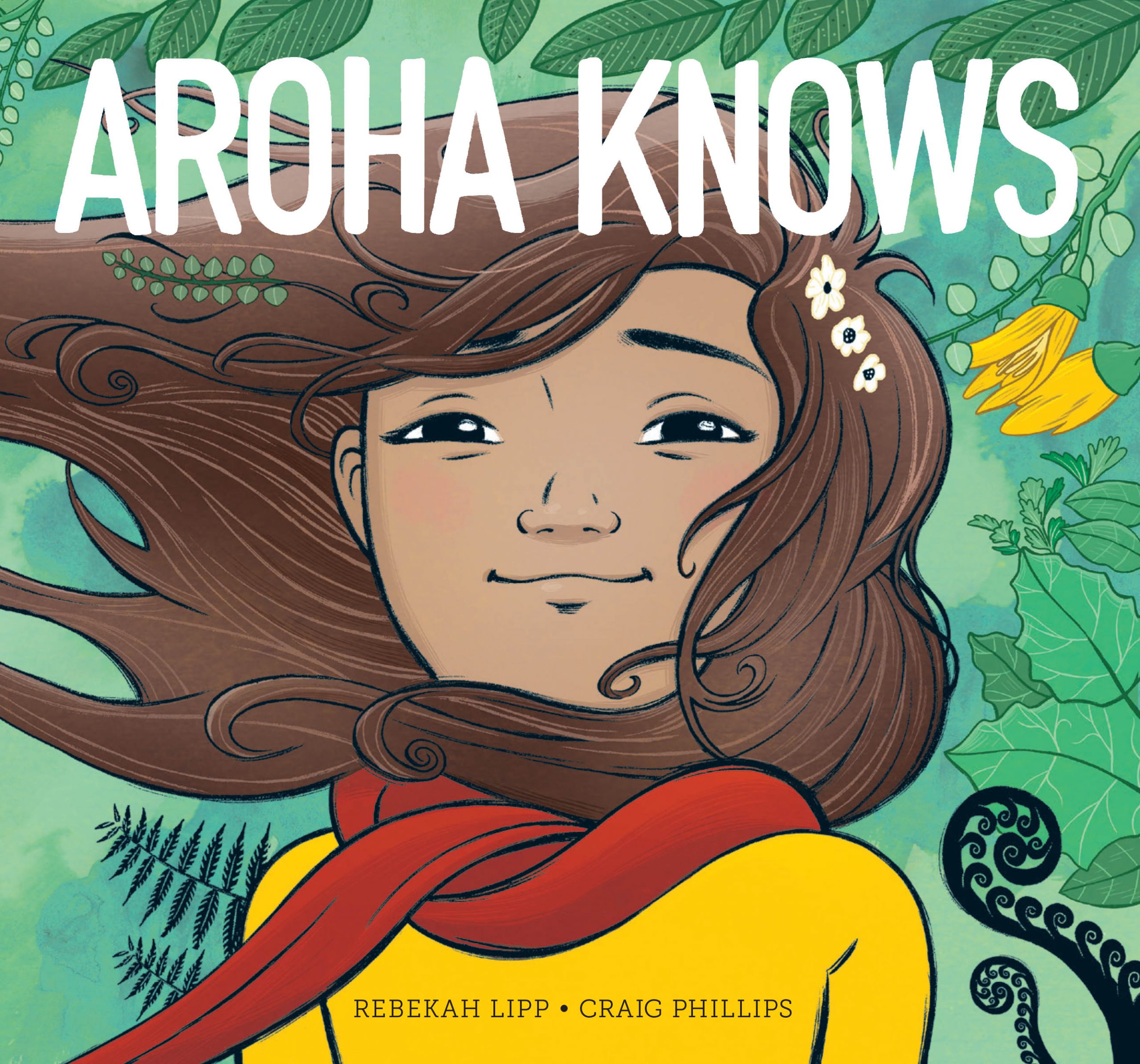
Aroha Knows
Rebekah Lipp and Craig Phillips (Wildling Books)
There are many places in nature that Aroha knows, and in this magical picture book she and her friends explore each one. Aroha knows that spending time in nature makes her feel many wonderful emotions. She and her friends play joyfully on the beach, lie peacefully in the grass, connect with the “sleeping giants” of the forest and feel pride and awe when they reach the top of a mountain. Each place nourishes them in a different way.
Aroha is a wonderful protagonist for tamariki – she’s adventurous, bold, kind and thoughtful. Tamariki will see themselves in Aroha and her friends, and the gentle rhyme of the story makes it fun to read out loud. At the end of the book a short section tells us how each of the characters are “Guardians of the Earth” – Ollie wants to start his own garden; Charlie wants to eat less meat; Mason wants to save seeds. There is also a section about the different ways being in the natural world can benefit our hauora. A wonderful book on childhood, friendship and our emotional connection to the natural world. – Sarah Barnett

Let It Go – Emotions are energy in motion
Rebekah Lipp and Craig Phillips (Wildling Books)
In this book, Aroha and her friends each experience a different emotion and each child finds a unique way to let that emotion go. Ollie feels a heavy sadness, but then he imagines his sadness filling a bright paper lantern and he releases the feeling to the sky. Aroha is visited by anger, Charlie must deal with shame, and Mason is gripped by fear – all big yet everyday emotions!
The dynamic and joyful illustrations show each child transforming as they let their emotions flow through them. “Feelings are just energy in motion … When it’s time, you’ll know – To let go, let them flow”, the book teaches, and by the end the friends sit happily together on a tree branch. An insightful and encouraging book about finding healthy ways to release emotions with the underlying message that our emotions help us to grow. – Sarah Barnett
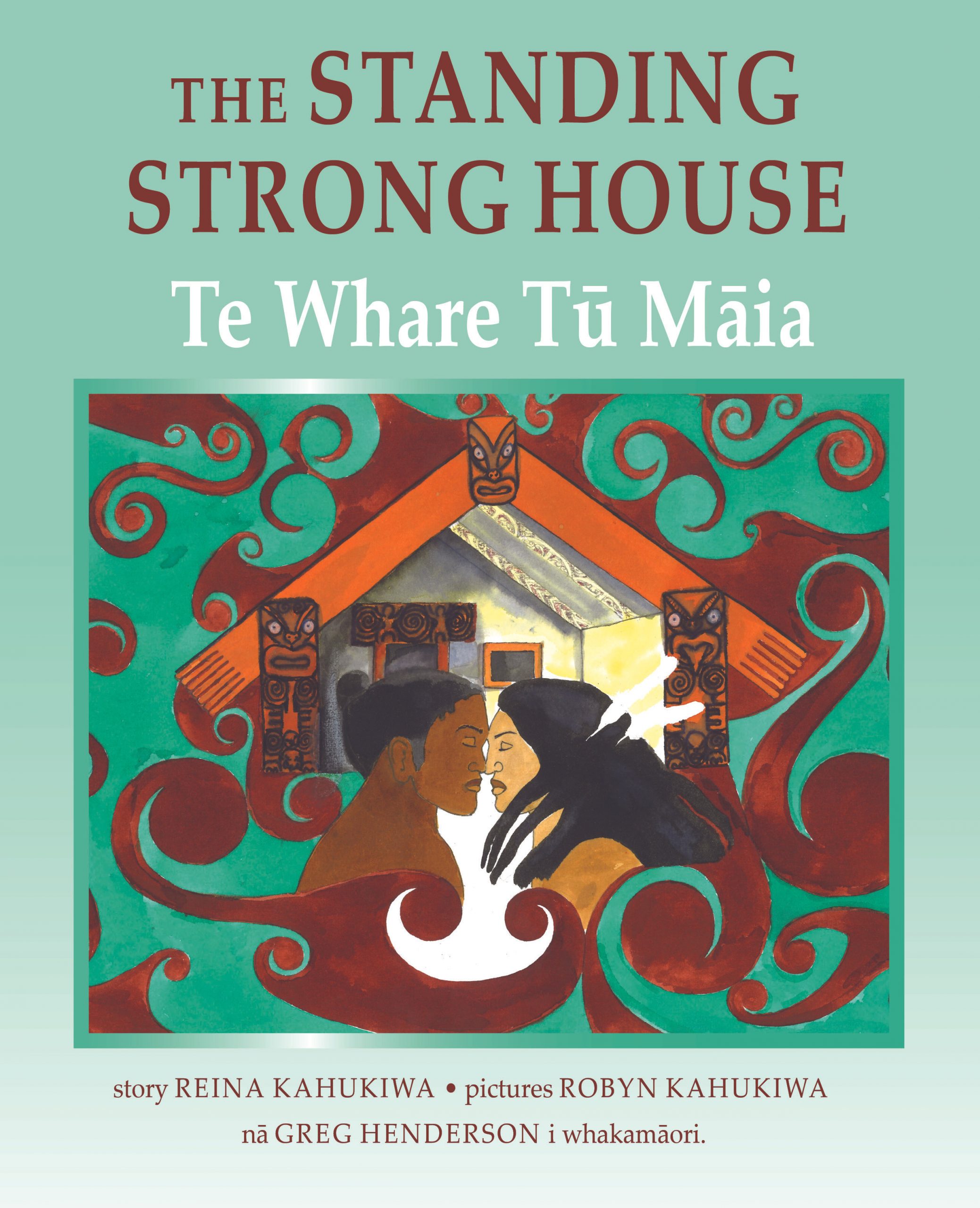
The Standing Strong House – Te Whare Tū Māia
Reina Kahukiwa, Robyn Kahukiwa, Greg Henderson (OneTree House Press)
The bilingual edition of The Standing House – Te Whare Tū Māia weaves together a story of whakapapa, iwi and tūrangawaewae (a place where one has a right to belong through land and descent). This book tells the story of the people of Ngāti Tū Māia and their wharenui through generations, from before settlers arrived, to today.
This book connects te ao Māori with the modern world and reminds us that our wharenui will always be a strong and safe space for its people. And in return, its people will give the whare its mauri, its lifeforce. This is a wonderful book that teaches you about the meaning and representations of a whare and how we can honour our tūpuna. A great book for all learners of Aotearoa.
Ki tēnei pukapuka reorua, The Standing House – Te Whare Tū Māia, he kōrero e pā ana ki te whakapapa, iwi, mē ngā tūrangawaewae o tēnei whenua. He kōrero kei roto e pā ana ki ngā uri o Ngāti Tū Māia me tō rātou wharenui nō ngā rā o mua tae noa ki ināianei.
Ka whakakotahi tēnei pukapuka i te ao māori me te ao o ināianei kia maumahara mātou te mana o te wharenui mō te iwi, ā, nā te iwi hoki the whare e whai mauri. Ka whakaako tēnei pukapuka i ngā āhuatanga o te whare me te whakamōhio ki a mātou me pēhea te whakarangatira i o tātou tūpuna. He pukapuka tēnei mō ngā ākonga katoa o Aotearoa. – Jessica Tawhiri

Of Course You Can! – Ka Taea Tōnu Koe!
Karen Hinge, Nicky Sievert and Ngaere Roberts (OneTree House Press)
This story follows the emotional journey of a student starting at a new school. As well as being new at the school, the character, Jeremy, is in a wheelchair. He feels like he can’t do any of the things his fellow school friends can do such as playing a board game, taking part in kapa haka and joining in with the soccer game. The other students encourage him to take part, coming up with innovative ways for him to join in. They don’t see him being in a wheelchair as a disability. As the story continues, Jeremy becomes more and more excited about school, and happy when talking to his mother at the end of each day.
So many of the feelings Jeremy experiences would resonate with students, whether it’s starting a new school or feeling different to others in some way. His belief in himself grows as he is accepted, and he can take part in the same everyday activities as the other students. This bilingual story is a nice, feel-good story, which is relatable for many. – Sarah Macintosh
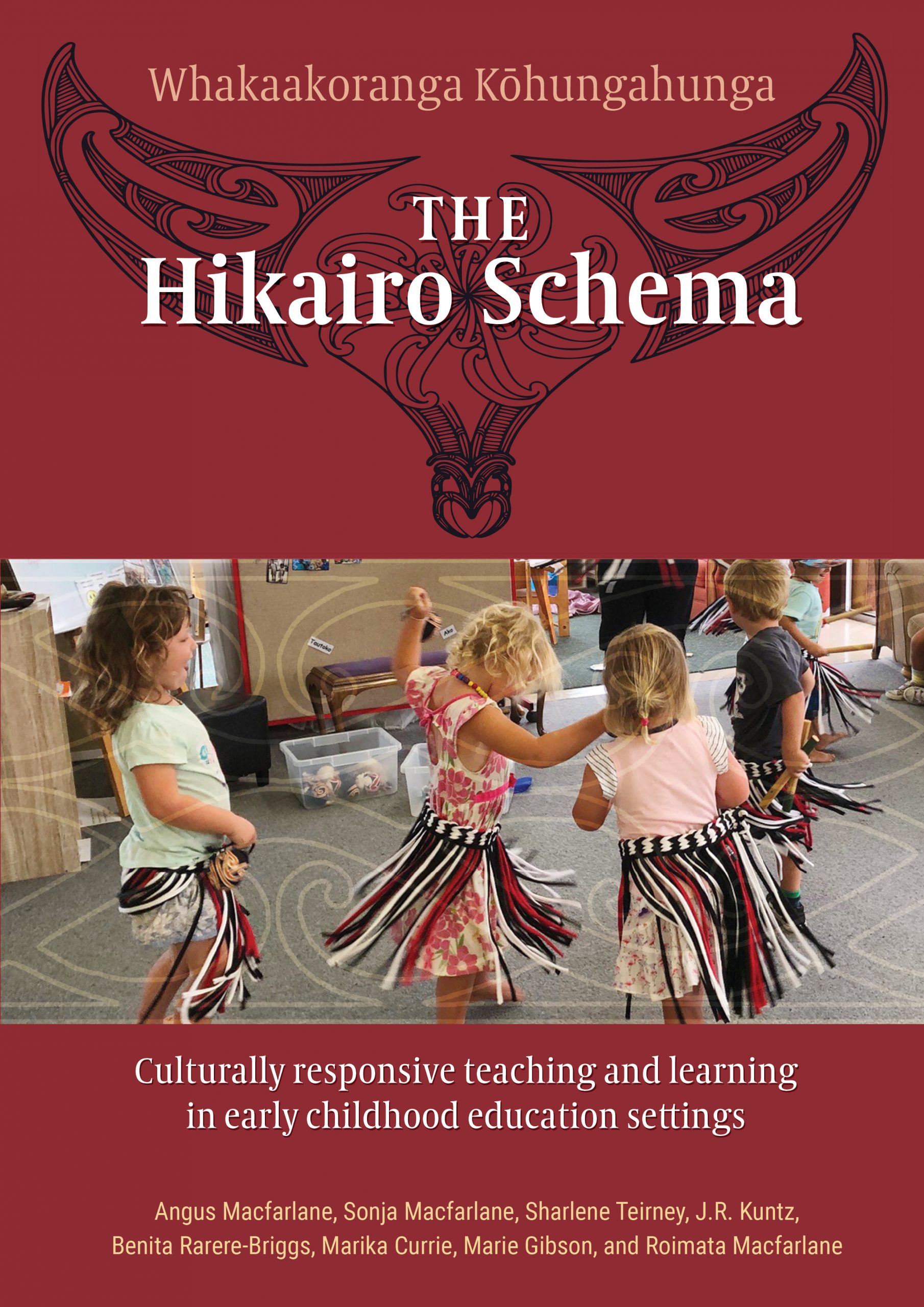
The Hikairo Schema: Culturally Responsive Teaching and Learning in Early Childhood Education Settings
Angus Macfarlane, Sonja Macfarlane, Sharlene Teirney, JR Kuntz and Benita Rarere-Briggs (NZCER Press)
Many researchers recognise the invaluable gifts Te Ao Māori has to offer education, particularly in the education and care of our youngest tamariki. The Hikairo Schema seeks to take us on a journey of reflection and practice which will assist Early Childhood kaiako to embed mātauranga Māori in their pedagogy, for the benefit of all tamariki.
As kaiako work their way through each of the guide’s six components they are exhorted to apply three key principles to the learning environment and their own pedagogy: relevance, balance of power and scaffolding. At first glance, there almost seems to be a doubling of efforts by applying Te Whāriki and this schema to teaching practice. And whilst some readers might view the schema this way, the bigger barrier to instituting a schema like this may lay in our own journey with mātauranga Māori. Understanding and incorporating an authentic Māori world view may seem like advanced work. However, I think this book makes the case for the opposite. How can we truly and authentically embed te reo or tikanga Māori in our practice if we have not at least attempted to understand the spiritual, emotional, physical and global concepts that underly Māori language and customs? The Hikairo Schema is an excellent resource for those individuals and teaching teams who want to step beyond the minimum and immerse their pedagogy in a Māori world view. In that sense it is a resource for all kaiako. – Rebecca Mackintosh
Beyond Burnout: A New Zealand Guide
Suzi McAlpine (Penguin Random House NZ)
“Burnout is a state of emotional, physical and mental exhaustion caused by excessive and prolonged stress related to your professional life,” writes Suzi McAlpine in her new, Antipodean-focused book on burnout. With huge amounts of compassion, evidence and actionable advice, McAlpine describes how leaders and organisations are at the crux of burnout, rather than placing the responsibility on individuals (although she does have a lot of good advice for people who are already burned out). In an easy and compelling read, the book systematically unpacks the root causes of burnout to help “leaders, organisations and individuals” create environments where they can flourish.
McAlpine writes what education professionals already know – that burnout is high in professions “which are passion-driven and caregiving-centred” such as “teaching professions”, and especially for teachers in leadership roles. She addresses the myths of burnout – that it’s disengaged workers who are most at risk of burnout (it’s not, it’s high-performers); that burnout can be solved with a holiday (it can’t); that it’s caused by stress (it’s caused by “chronic, long-term, high levels of stress”, feelings of isolation and workers not having the control or resources needed to meet challenges). The question McAlpine prompts leaders to ask is, “Which organisational conditions are more likely to create burnout?” and gives four strategies for leaders to tackle burnout: “Recognise”, “Destigmatise”, “Socialise”, and “Organise”; she dedicates a chapter to each, with detailed and practical advice. There is also a chapter on what to do if you are already burned out, and another on what you can do if you’re leading someone who you suspect is burned out. Beyond Burnout is an insightful and useful book about people’s wellbeing at work that should be in the hands of every leader. – Sarah Barnett
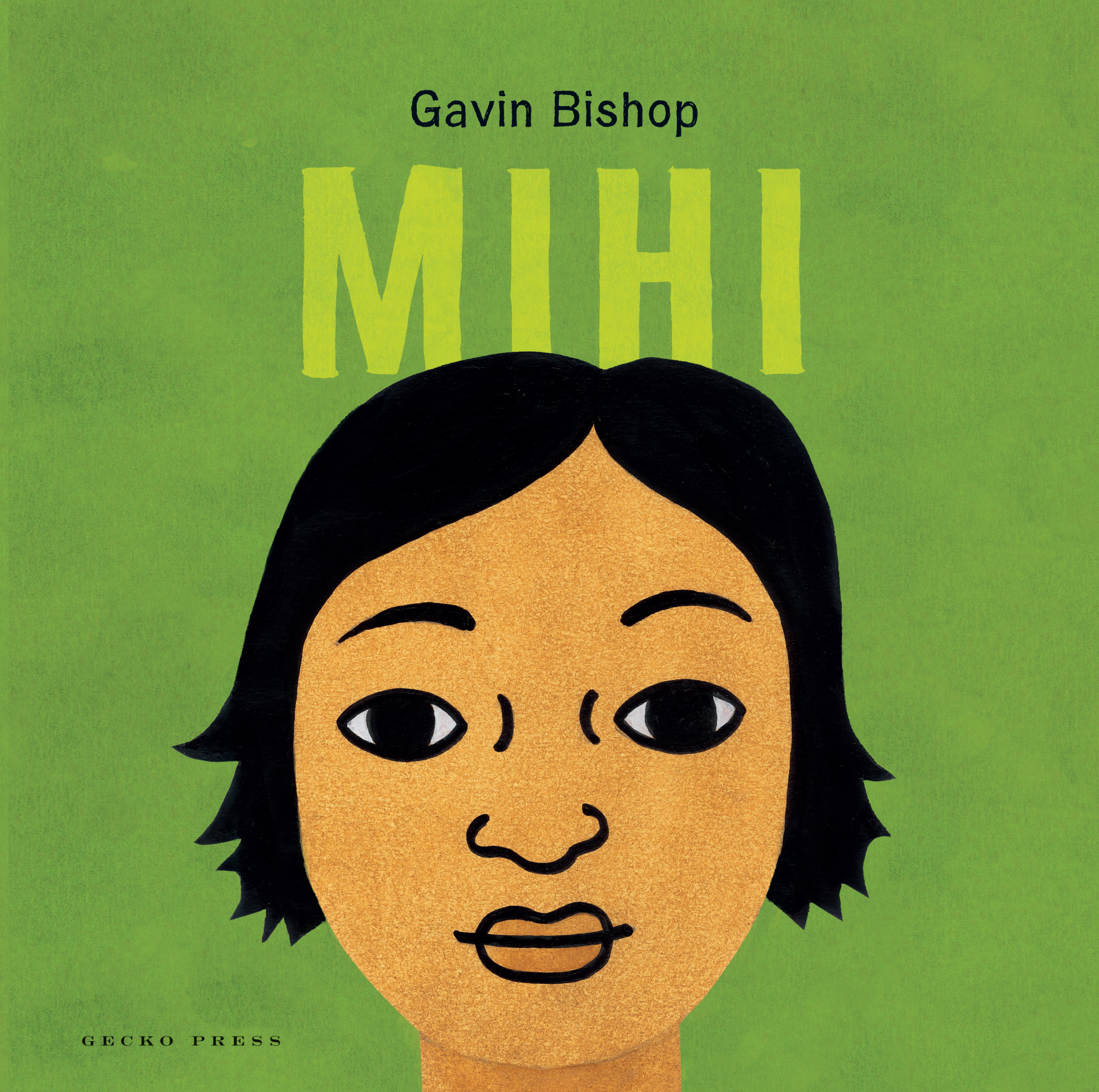
Mihi
Gavin Bishop (Gecko Press)
Mihi is a board book that introduces ideas of me and my place in the world though a simple mihi or pepeha. Bishop’s beautiful illustrations to take young readers through the mihi. A blue sea curls up to carry a waka forward; a fluffy cloud drifts across a steep maunga. As the mihi continues, young readers see “tōku iwi”, “tōku whānau”, “tōku māmā” and “tōku pāpā” and the book concludes with “ko ahau tēnei”: “this is me”. While simple, Mihi is a powerful book will help young tamariki understand the way land, history and family create our identity. – Sarah Barnett

